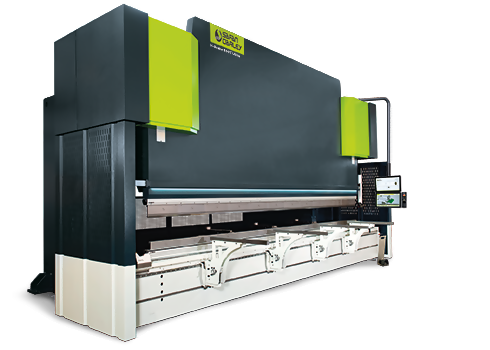Press brakes are used to create curves on thick metal, heavy sheet metal and complex curves on thin materials. There are two types of press brakes: mechanical and hydraulic.
Because a lot of force is required to bend sheet metal or plates, a hydraulic press is usually better for any job. Hydraulic presses with a capacity of more than 50,000 tonnes are available. You can also get the information about hydraulic presses through various online sources.

They are particularly preferred in operations requiring uniform stress at significant stroke lengths, large variations in stroke length, and variable or high forces.
To understand how a hydraulic press brake works, you need to know how it works. Because a hydraulic press brake is composed of a number of components, it can be difficult to keep track of all of them. Here is a basic list of some of the main components.
Hydraulic fluids – Hydraulic fluids are channeled through various parts of the machine. High pressure is exerted on the hydraulic fluid by a hydraulic pump, creating a high energy fluid.
This fluid then reaches the cylinder (drive), where it supplies the piston that drives the bending device with a large reserve of energy. After the energy is released, the used hydraulic fluid is returned to the pump to recover energy and keep the engine running. The hydraulic fluid is usually petroleum with various additives.
Apart from transferring energy, hydraulic fluids also lubricate various hydraulic press brake components and remove dirt and metal fittings. The hydraulic fluid must be able to operate at high temperatures, including several hundred degrees Celsius, because it gets hot when it receives energy from a hydraulic pump.